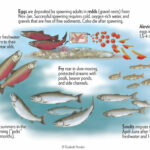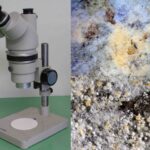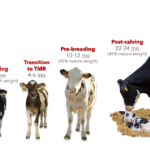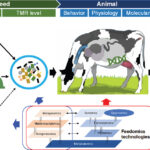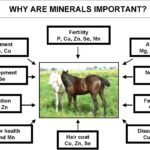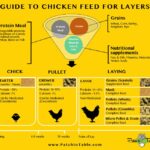Factors Infl uencing Phytase Effi cacy
Numerous factors have been identifi ed that infl uence the effi cacy of exogenous phytases, which is partially refl ected in the inconsistent responses to phytase that have been reported in the literature. An exhaustive consideration of all potential factors is simply impractical. To take one example, Leslie et al. (2006) reported that reducing the…

